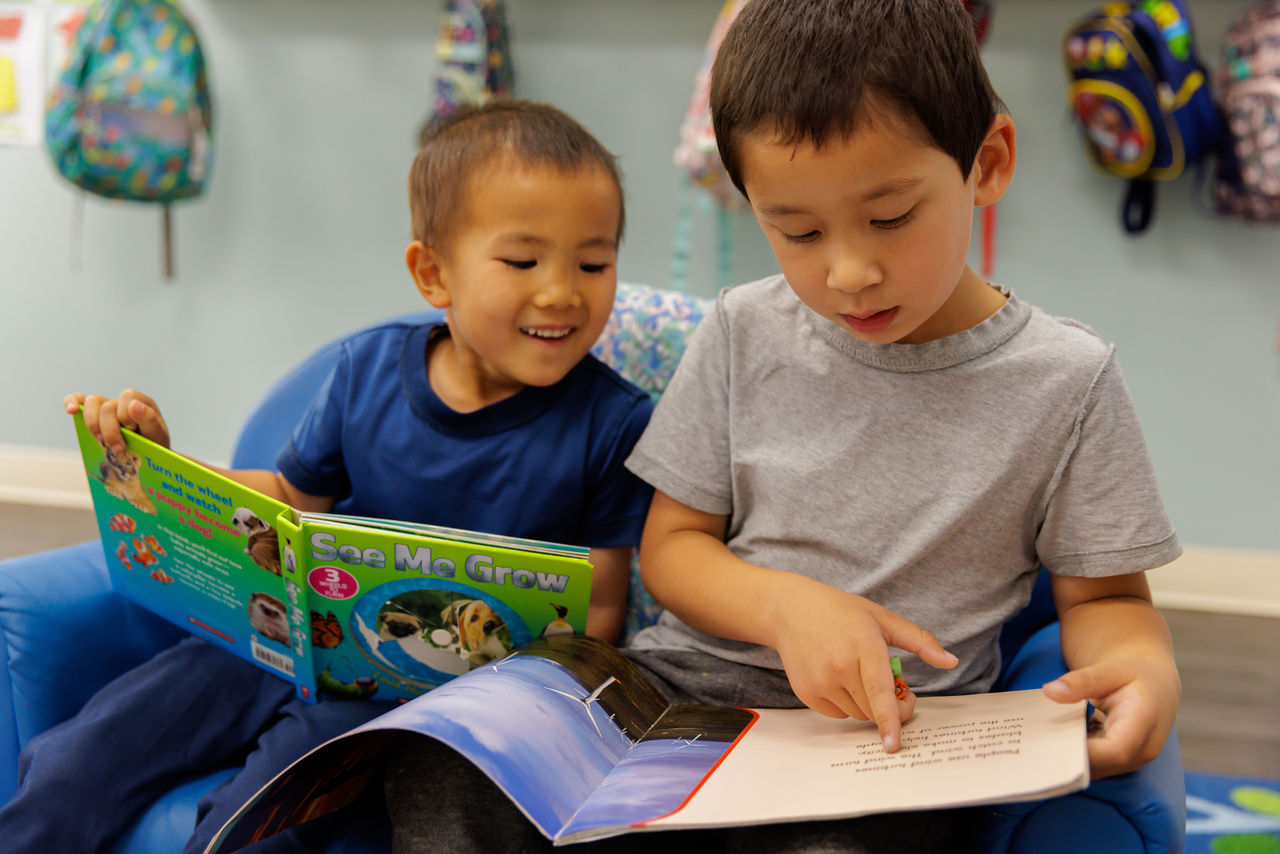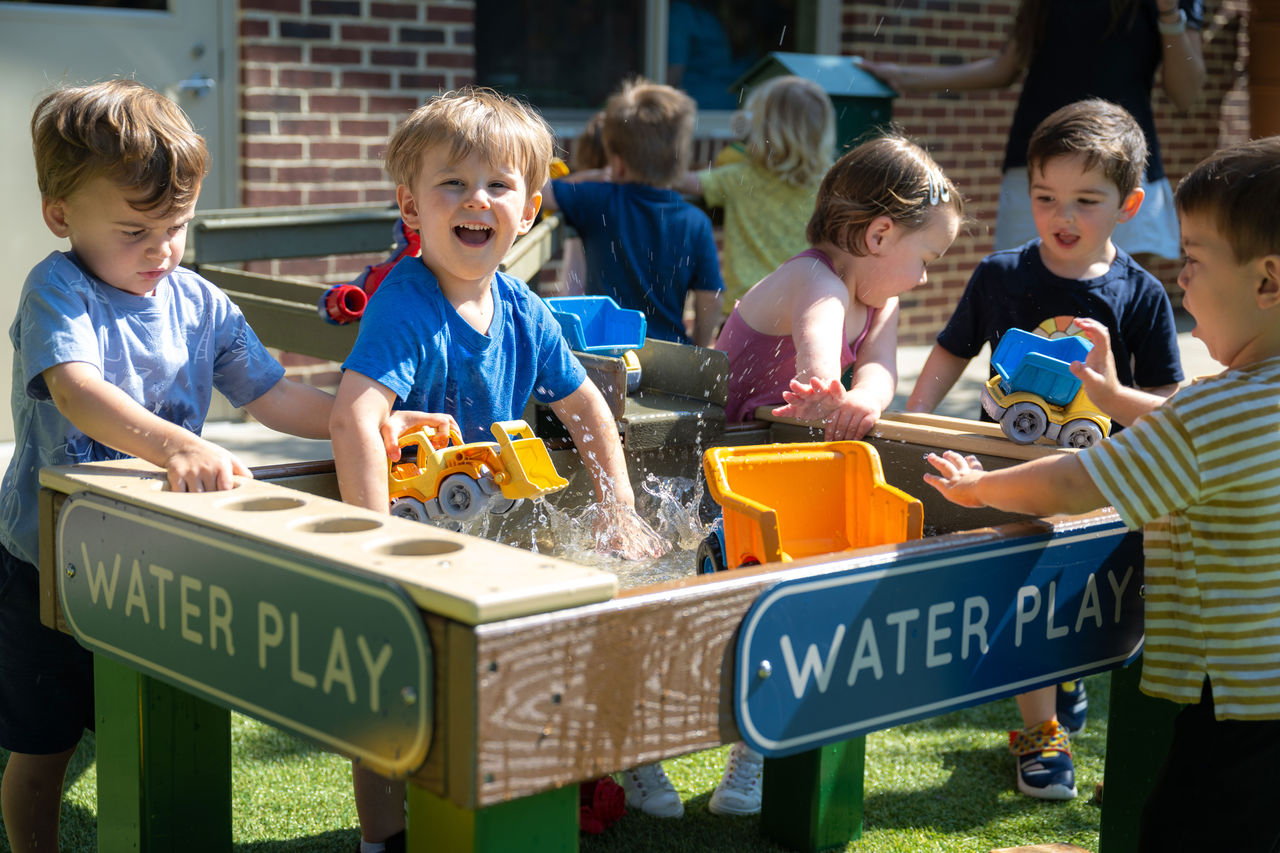At one time or another, every family faces transitions — some unexpected, others planned, some joyful and others marked by pain or uncertainty. Whether it’s a sudden job loss or separation, or more positive shifts like welcoming a new sibling or moving to a new classroom, these changes can impact every member of the family. For young children, even small shifts can feel monumental, and how we talk with them about these changes can make a significant difference in how they cope. Knowing how to approach these transitions creates a sense of security and trust that strengthens family bonds and builds your child’s resilience.
Why Transitions Matter to Young Children
To understand why transitions affect children so deeply, it helps to remember that children see the world differently than adults do. Their routines, relationships and surroundings form a sense of security and safety. Any disruption — big or small — can shake their foundation. This doesn’t mean children can’t handle change; they absolutely can! But it’s our job as adults to help them process it in a way that feels safe and supported.
Children are perceptive and curious. When something changes, they notice. And when they lack the language or understanding to ask questions, they express their curiosity and feelings through behavior. This is key: Behavior is communication. It’s how young children tell us, “I’m feeling something, but I don’t have the words for it yet.”
Maybe a child becomes clingier after a new sibling is born or struggles with meltdowns in a new classroom. They aren’t “acting out” because they want to make life harder for us; they’re trying to process the changes in their lives in the best way they know how. And often, it’s through behaviors that signal to us, “I’m not quite sure what to do with all these feelings.”
The Importance of Seeing Transitions Through a Child’s Eyes
Every family, and child, experiences transitions differently. Even within the same family, adults and children may perceive and respond to the same event in unique ways. An adult may see moving to a new home as an exciting fresh start, while a child may see it as leaving behind the only bedroom they’ve ever known.
Here’s the thing: our perspective as adults shapes how we interpret and approach transitions. For us, losing a job might mean navigating the fear of financial insecurity or the loss of identity tied to a career. For children, however, it might look like a parent being around more often, feeling their caregiver’s stress (children are incredible observers) or noticing the household’s rhythm changing in subtle but significant ways.
When we approach transitions through a child’s lens, it helps us reframe what’s happening. Instead of minimizing their feelings, we can acknowledge the shift they’re experiencing and guide them through it with care.
Proactive Communication: A Tool for Navigating Change
When families face big changes, one of the most common questions is, “What do we tell the kids?” There’s often a struggle between wanting to protect children from overwhelming emotions and needing to offer them enough information to make sense of what’s going on. So, what’s the right balance?
The key is proactive communication. Rather than avoid the conversation, find age-appropriate ways to talk about what’s happening. Here’s a simple framework to guide these conversations:
- Acknowledge what’s happening. Use clear, simple language. For example, “Daddy is moving to a different house, and you’ll have two homes now,” or “You’re going to have a baby brother or sister soon.”
- Name the feelings. Give children words for what they might be feeling. “It’s okay to feel sad or confused right now. Sometimes changes feel hard.”
- Reassure them of their safety. Make sure they know that even though things are changing, they’re still safe and loved. Consistency in your presence and love is what they crave most.
- Encourage questions. Let them ask anything, and if you don’t have an answer, it’s okay to say, “I’m not sure, but I’ll find out,” or “We’re figuring this out together.”
Avoidance is a natural instinct for many of us. We may think it’s easier to avoid having tough conversations so that we don’t make things worse. The truth is, silence leaves children to fill in the gaps with their imaginations — and these gaps can be scarier than the reality.
Children are wired to seek connection. When they sense something is different, but no one is talking about it, they might feel alone in their confusion. By proactively communicating, we let them know, “I’m here with you. You’re not alone in this.”
Creating a Safe Space for All Feelings
Transitions are emotional, and kids need the space to express all of their feelings, not just the happy or “easy” ones. Creating a safe space for emotions means embracing all feelings without judgment. When a child cries or lashes out, instead of saying, “Don’t be sad” or “You’re okay,” try, “I see you’re feeling really big feelings right now. I’m here with you.”
In doing this, we validate their experience and help them feel seen and heard. Children learn that all feelings are welcome, and they can turn to us for comfort and support when emotions feel overwhelming.
Building Resilience Through Connection
Transitions can be challenging for children, but they’re also opportunities to build resilience and deeper connections. When we approach big changes with empathy, proactive communication and an open heart, we help children feel secure enough to navigate the unknown.
As adults, we don’t have to have all the answers. But when we lead with love and a willingness to see things from a child’s perspective, we create a bridge between their world and ours — one built on trust, understanding and unconditional support.




